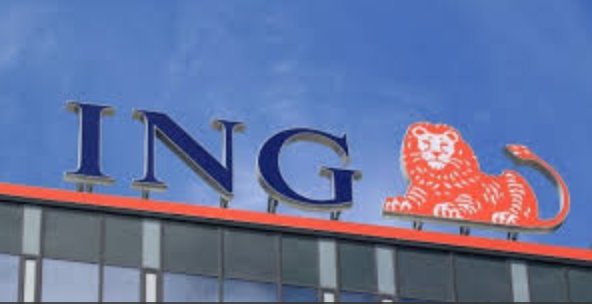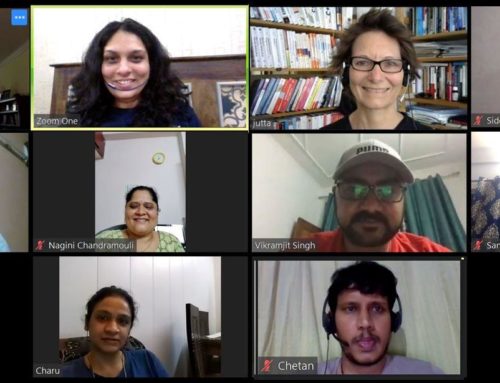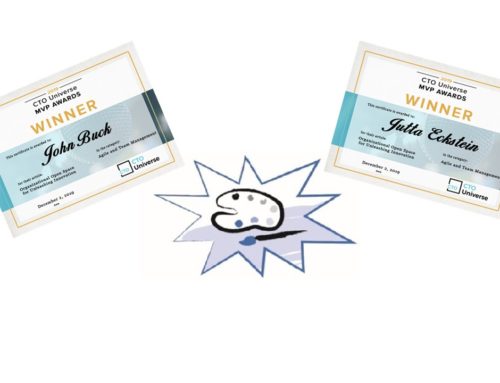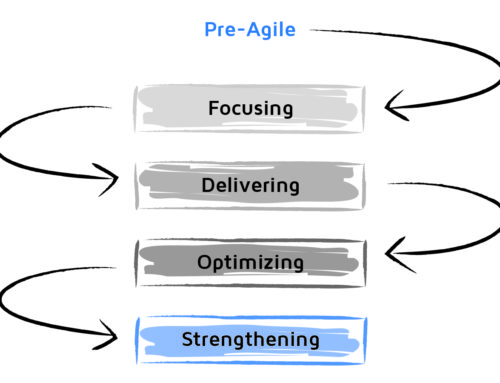The ING Bank Experience and BOSSA Nova
This article is the first in a series that will also look at what ING, Ericsson, Spotify, Statoil, Titansoft (of Singapore), Walmart, and others say about BOSSA nova. “BOSSA” symbolizes the synthesis of Beyond Budgeting, Open Space, Sociocracy, and Agile.)
Eric Abelen of ING, a worldwide bank headquartered in the Netherlands, contributed to the new book about BOSSA nova called Company-wide Agility with Beyond Budgeting, Open Space, & Sociocracy. He reports about ING’s ambition to become “…a digital bank, an IT company delivering banking services”.
Eric describes ING Bank’s agile enterprise transformation that began in the summer of 2015 with its headquarters, “a spectacular big bang event in Amsterdam’s Ajax soccer stadium (in which) the organisation morphed into Spotify-inspired agile Tribes and Squads, and adopted a related agile way of working.” It is one of the few examples of a transformation to company-wide agility attempted at such big scale. Lots has been published about it. See for example McKinsey and Mary Poppendieck.
The transformation illustrates several elements of the BOSSA nova approach. For example, the change was driven by “a ‘home-grown’ set of enterprise-wide values and behaviours that function as the code of conduct in the company worldwide. ING’s key values are: being honest, prudent, and responsible. Behaviours associated with these values are: “you take it on and make it happen”, “you help others to be successful”, and “you are always a step ahead”. BOSSA nova recognizes “guidance by values” as a kind of hierarchy separate from the hierarchy that begins with shareholders’ interests, and notice ING’s no mention of shareholders’ interests.
A second critical element is that the mega event at Amsterdam’s Ajax stadium was preceded by years of experiments. According to Mary Poppendieck, “After initial experiments in 2010, the IT organization put aside waterfall development in favor of agile teams. As successful as this change was, it did not make much difference to the bank, so Continuous Delivery and DevOps teams were added to increase feedback and stability. But still, there was not enough impact on business results.”
Next, according to CIO Ron van Kemenade, “The business took it upon itself to reorganize in ways that broke down silos and fostered the necessary end-to-end ownership and accountability. Making this transition … proved highly challenging for our business colleagues, especially culturally. But I tip my hat to them. They had the guts to do it.” After carefully looking at what other technology companies were doing, they stopped the practice of having technology improvements “… worked out by people in the commercial business who would then tell the engineers what to develop.” The engineers were able to develop the really innovative solutions.
Finally, ING moved beyond the IT department to run the whole company like a software company by assigning everyone to semi-autonomous cross-functional teams (another BOSSA nova) recommendation. The change has not been without problems. Poppendieck remarks that, “The biggest issue is one that anyone with a background in organizational development would expect – creating alignment across the many autonomous teams has been a formidable challenge. The bank needs to make major changes and develop breakthrough innovations; but these require coordinated action across multiple, supposedly autonomous, teams.”
According to Eric Abelen, a key adjustment needed to support the team system was “…defining a ‘performance management’ system that systemically encourages, instead of hurting agile culture, is a big and crucial hurdle to overcome on our journey towards ING’s enterprise agility worldwide.” He notes that the performance management system, “..will get adjusted in the coming years to better encourage a ‘growth mindset’ and related value of reiterative ‘learning by doing’”.
BOSSA nova has some suggestions regarding the performance management and alignment challenges. The first suggestion is to to look at the value of self-organization and the strategy of trust for ideas for probes regarding performance management. The second suggestion is to conduct probes into creating structures that create hard-wired feedback to align the various cross functional teams. A third suggestion is to look at the value of continuous learning and ING’s processes of feedback regarding individual and team development for ideas about probing how to help large groups employees quickly find their common sources of passion and inspiration – a key ingredient for deep alignment.
For more suggestions, grab yourself a copy of Company-wide Agility with Beyond Budgeting, Open Space, & Sociocracy.






